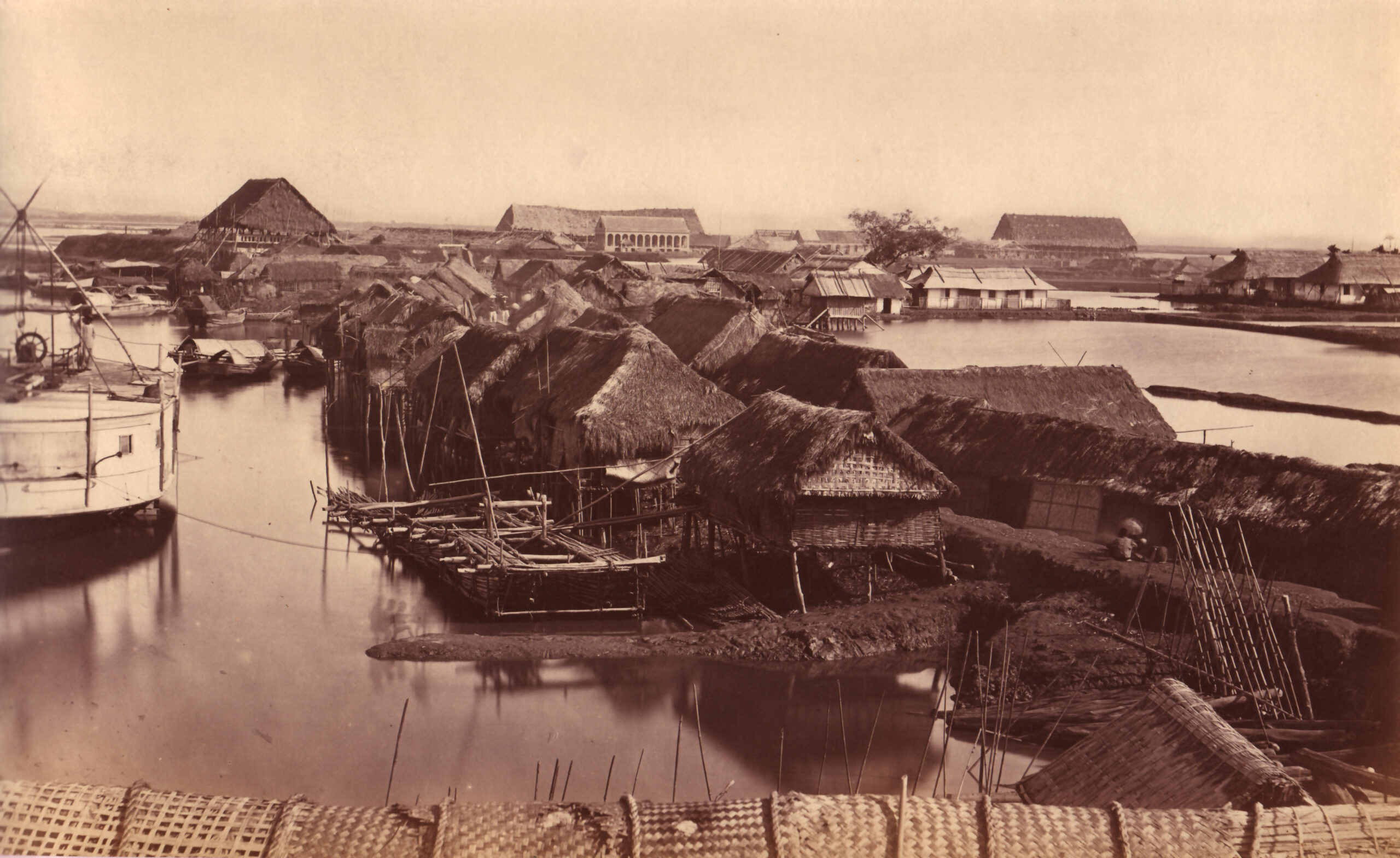
Over the past year, the 400 boxes of archives from the Vietnam mission (late 19th-1975) have been classified. Their inventory is now published on our website. This invaluable description will enable all researchers interested in the history of Vietnam to know what they can find in the IRFA archives.
- The inventory of the “Vietnam” collection is now available on our website.
- The complete finding aid can be downloaded in PDF format.
- The documents can be consulted in our reading room under the usual conditions.
History of the Vietnam mission (1664-1975)
The MEP presence in Vietnam dates back to the 17th century. In 1662, Mgr Pierre Lambert de La Motte became the first vicar apostolic of Cochinchina. Fr. Louis Chevreuil was the first MEP missionary to visit Cochinchina on July 26, 1664, as vicar delegate of Mgr de La Motte. François Deydier arrived in Tonkin in 1666.
In 1790, there were still only four MEP missionaries in Tonkin. The French Revolution and the closure of the seminary in Paris buried any hope of increasing the number of missionaries until 1815.
In the second half of the 19th century, following the Treaty of Hué and the birth of French Indochina in 1887, missionaries were able to reorganize themselves : the country was divided into several vicariates, staffing levels were boosted and conversions increased. The number of Catholics in West Tonkin rose from 140,000 to 220,000.
At the beginning of the 20th century, the MEP decided to transfer ecclesiastical responsibilities to local Vietnamese clergy, due to the difficulties of the French administration, famine and economic crisis.
During the Indochina war (1946 to 1954), the situation of the MEPs in Vietnam varied according to the zones occupied by the Vietminh or French armies. As a result, some 700,000 Catholics fled to the South, and by 1970 there were no MEP missionaries in the North. After the proclamation of the Socialist Republic of Vietnam in 1975, all remaining missionaries were expelled from the country.
To find out more about the mission, visit the Vietnam page, which contains a wealth of resources on the country, including maps and a bibliography.

P. Mironneau’s catechists, 1926
Fund constitution
Series 17C comprises two types of documents :
- archives produced before 1940 but collected after the series was closed. It thus completes sub-series 6A18.
- archives produced after 1940 and up to 1975, when all MEP missionaries were expelled from Vietnam. A few post-1975 documents complete the collection.
This fund mainly comprises passive correspondence between the various MEP bodies and establishments and the missions in Vietnam.
The main producers are the Paris Seminary, in particular the Seminary Superiors, the Council, then the Superiors General from 1921 onwards; the Rome and Hong Kong Procuratorates; the Penang General College; and a few MEP fathers in a personal capacity.
The archives of the Vietnamese dioceses themselves are not kept in Paris. With the exception of the dioceses of Hung Hoa (deposited in 1963 by Mgr Mazé) and Kontum (deposited in 1964 and 1975 by Mgr Seitz), no Vietnamese diocese has deposited its archives with the MEP.
Filing plan structure
– 17C-QN : Qui Nhon (Cochinchine / Cochinchine orientale)
– 17C-KT : Kontum (Mission Bahnar)
– 17C-NT : Nha Trang
– 17C-SA : Saigon (Cochinchine occidentale)
– 17C-PSA : Procure de Saigon
– 17C-HU : Hué (Cochinchine septentrionale)
– 17C-SV : Région Sud-Vietnam
– 17C-HA : Hanoï (Tonkin/ Tonkin occidental)
– 17C-VI : Vinh (Tonkin méridional)
– 17C-HH : Hung Hoa (Haut Tonkin)
– 17C-PT : Phat Diêm (Tonkin Maritime) et Thanh Hoa
– 17C-NV : Région Nord-Vietnam
– 17C-SIH : Société immobilière de Hanoi
– 17C-HP : Haiphong (Tonkin oriental; central, septentrional)
– 17C-DIA : Diaspora
– 17C-LAN : Travaux linguistiques et documents en vietnamien
– 17C-GAL : Généralités
For more details, see the online inventory.

Hanoi, construction site for the Church of the Martyrs, 1930




